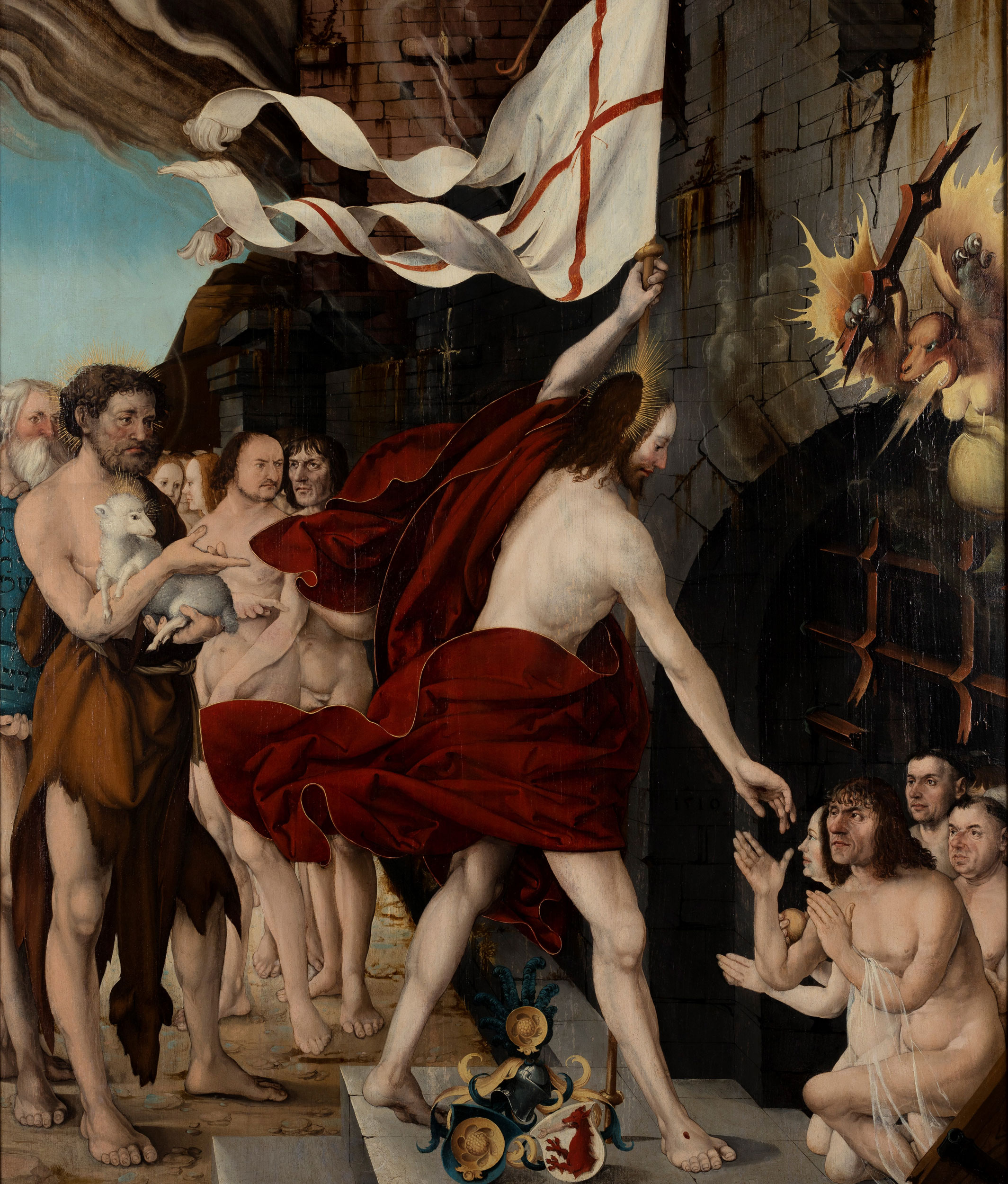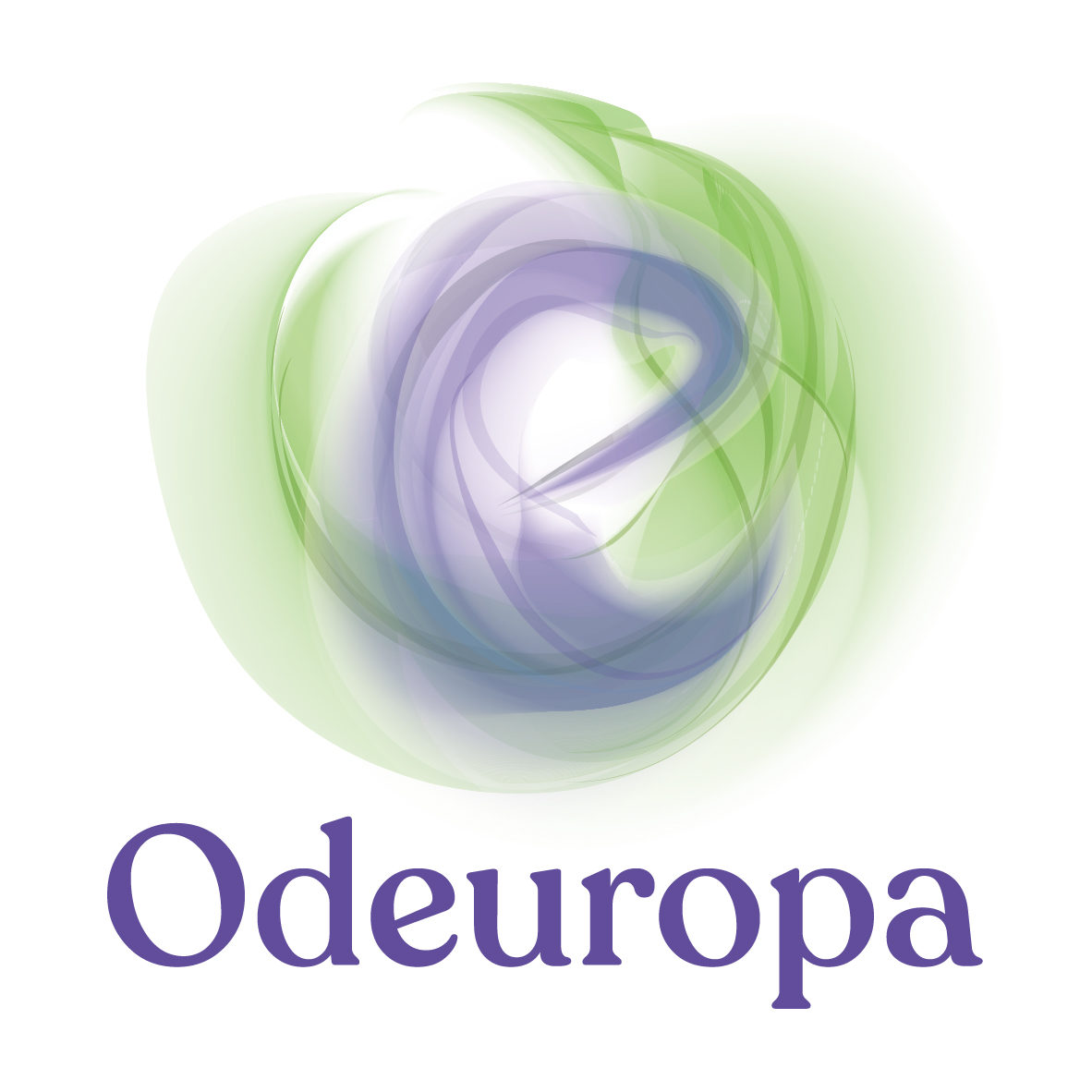This Spring, visitors to Museum Ulm can discover the historical scents hidden in the museum’s art collection through a guided tour designed in collaboration with the Odeuropa project.
The tour, Follow Your Nose: a Guided Tour with Smells, which launches on April 5th, 2022, will allow participants to appreciate art with their nose – by pairing scents with works of art that contain visual references to smells. The Odeuropa project developed these scents in collaboration with Museum Ulm and the fragrance company International Flavours and Fragrances (IFF). By using historical recipes to recreate these unique scents, Odeuropa aims to turn a museum visit into a multisensory experience, opening new opportunities to enjoy, learn and engage with the collection.
“The use of smells related to the stories in the paintings offers new insights to the public, and helps understand the context in which the artworks were created”, explained Dr. Eva Leistenscheneider, deputy director of Museum Ulm. This is particularly true for the portrait of Ulm Councilman Eitel Besserer from the early 16th century: Leistenschneider observed that the painting “…contains a pomander filled with fragrant scents, for which the IFF’s recreated scent brings a different way to experience art, in a much more immediate way than ‘classic’ museum tours do”. The smell of the pomander is one of the ten smells that visitors can experience in this tour.
Dr. Inger Leemans, Odeuropa project lead, highlighted the importance of “developing an ‘olfactory gaze’ to ‘see’ smells in artworks, as part of experiencing heritage with senses other than vision. We are also collaborating with Museum Ulm in measuring visitors’ reactions to smell in the museum, in order to understand how to offer a safe and meaningful experience”.
This event is held in the context of research project Odeuropa, which is capturing the smells of Europe as part of our cultural heritage. Funded by the EU Horizon 2020 programme and ongoing until 2023, Odeuropa is the first European initiative to use artificial intelligence (AI) to investigate the importance of scents and smelling, and to discover how scents have moulded our communities and traditions. Coupling recent findings of this project with Museum Ulm’s visual art collection from the 14th – 21st centuries, the museum tour explores new historic narratives involving artefacts, people, places and events connected by scent.
Here in this post are two examples of the stories connecting artworks and scent in the Museum Ulm tour:
Portrait of Eitel Besserer

In 1516, the Ulm artist Martin Schaffner (1478–1548) painted a portrait of the councillor of the city Eitel Besserer (1450–1533). As his hands are occupied by a rosary, his parted mouth is uttering prayer. Besserer came from a patrician family, and Schaffner reflects his status in the masterfully painted fur hat and the fur trim of his clothing. Hanging from his rosary is a silver filigree pendant, another luxury item.
The silver pendant is known as a pomander, a piece of fragranced jewellery. The pendant was used to store fragranced ingredients that were bound together in a ball, and whose scent was diffused through the pomander’s perforations. In the early modern period, foul smells were believed to be harmful to the body, while pleasant smells were thought to be protective, especially during plague outbreaks. Pomanders were thus smelled as a precautionary measure against disease. But the pomander’s scent could also take on religious significance. The portrait suggests that Besserer’s hands will warm up the pomander and release a pleasing scent as he prays.
Pomander formulas can be found in household manuals and medical treatises. The fragrance that has been created by IFF to accompany the portrait is a typical formula for a pomander from the sixteenth and seventeenth centuries. It includes nutmeg, cloves, rosemary, cinnamon, rose, ambergris (produced in the bowels of the sperm whale), and civet (produced in the perineal glands of the civet cat). Certain ingredients were expensive, as nutmeg and cloves were imported from south-east Asia, and ambergris was very rare. The pomander in Besserer’s portrait creates a fragrant atmosphere for his worship, and it magnifies his status through the precious ingredients.
Anastasis / Christ in limbo

Another painting by Schaffner depicts an animated scene of Christ in Limbo. Before his resurrection, Christ descended to Limbo to redeem the condemned souls of the righteous. Schaffner paints Christ reaching out to figures who clamber out of the opening of Limbo’s fortress. A demonic creature spits fire at Christ, and thick grey fumes seep out of the fortress’ walls, which suggests that the smell of Hell is smoky.
In early modern thought, the smell of Hell and evil was associated with the foul. Angels were believed to give off the pleasant smell of sanctity, and demons were believed to leave behind stench. The Catholic theologian Saint Ignatius of Loyola (1491–1556) encouraged worshippers to reflect on Hell using all of their senses. To him, it smelled of smoke, brimstone (a scent like rotten eggs), corruption, and rottenness.
The scent that has been created by IFF is an evocation of Hell, inspired by how the historical imagination once perceived it. Reflecting the vapours in the scene, the scent has smoky notes, and the rottenness of Hell has been created by using the compounds indole (the scent of decay found in lilies) and scatole (a faecal scent). It offers a whiff of how the harrowing atmosphere of Hell was once believed to smell.
Credits: This text was co-written by Dr. William Tullett (Odeuropa, Historian), Lizzie Marx (Odeuropa, Art Historian) and Dr. Eva Leistenschneider (Museum Ulm, Curator). High resolution photographs and more information: https://museumulm.de/presse-downloads/
